#telluria
Explore tagged Tumblr posts
Text

A few sketches showing volarean wrist motion. They can’t pronate or supinate as far around as average base human wrists (supination is especially limited), but can adduct way further (to the point of nearly resting against the arm, though the full range isn’t shown here).
I didn’t draw the bones, but they have a third row of carpals between the regular two, and this middle row is very elongated. Volareans are weird because their anatomy is kind of a combination of every flying creature ever (pterosaur-like wings and tail, some bird + bat-like anatomical adaptations, insect-like wing colouration), while also having marked differences from any of them (the extra carpals, the wing membranes attaching directly to the tail instead of the legs).
[Image description: Three pencil sketches of the hand of a winged human. Their wings are based on pterosaurs: the pinky finger of the hand is thick and very elongated to support a wing membrane, and the wrist is also elongated with a propatagium attaching at its inner edge. 1: The hand in a “default” position, facing to the right. 2: The wrist being pronated (turned so the palm of the hand faces down). It doesn’t go as far as an average human’s hand would. 3: The hand being adducted (turned so the inner side of the hand faces the forearm). It goes further down than an average human’s hand would.
End ID.]
2 notes
·
View notes
Text

The history of Telluria, according to Aristasians. From the All Girl Worlds website, which seemed to be a proto Sundaughter Press.
You can view an archive here.
5 notes
·
View notes
Text

ArtFight attack for @groundbit >:3c
Telluria Chalcogen giving her boss a call :3c
13 notes
·
View notes
Text
KOLYMA STORIES - Varlam Shalamov (1954-1965, transl. 2018) & TELLURIA - Vladimir Sorokin (2013, transl. 2022)
Two very different books this time, both translated from Russian, both published by New York Review Books, and both collections of short stories of sorts. Telluria is a work of speculative fiction, set in a future Russia. Kolyma Stories is not so fictional, as it is Shalamov’s personal account of his 15 years in the gulag – one of the very few that survived in the system for such a long time. I’m…

View On WordPress
#1970s#2010s#Donald Rayfield#Варла́м Шала́мов#Влади́мир Соро́кин#Колымские рассказы#Теллурия#gulag#Kolyma Stories#Kolyma Tales#Literature#Max Lawton#Russia#Russian literature#Science Fiction#Telluria#Varlam Shalamov#Vladimir Sorokin
3 notes
·
View notes
Text
started a new durge playthrough












this is telluria
wood elven bard/sorcerer subclass
trying to romance astarion but also trying to be a good person so his approval is not through the roof but i guess this could change would not be opposed to a halsin romance either i love that man
also i miss my husband............gale dekarios i will be back for you
i don't know much about the durge storyline so i'm kind of going in blind here but i have killed alfira so
#i love her long beautiful luscious completely natural pink locks#bg3#baldur’s gate 3#durge#telluria
1 note
·
View note
Text

Wandering Stars
"With the arrival of Hecasis, it is possible to observe and discern the stars from the planets, for the former are embedded in the celestial vault in such a way as to remain fixed, while the latter, which number five, move through the firmament, just like the great luminaries of day and night, namely, the Sun and the Moon." Astronomical Treatise of Theophilus of Pagon
Since the earliest ages of antiquity, the wandering stars, also known as planets, have been observed, and their origin and purpose have been a subject of debate ever since. For a long time, it was believed that the planets were a visible manifestation of the elemental planes; this was the predominant interpretation among Western peoples. However, another less frequent view was that the planets are the very gods moving through the heavens. Today, thanks to the advent of the telescope and advances in astronomy, it is known that these celestial bodies are immense spheres of size and mass, orbiting the Sun propelled by a driving force.
Observable Planets
There are five planets observable from Telluria, generally divided into two classifications: telluric planets and ethereal planets. The telluric planets are Anemo and Igni, while the ethereal planets are Ether and Lithos. The case of Hydros is somewhat delicate, as some classify it as ethereal, while others argue that the planet should have its own classification as a thalassic planet, since it is still uncertain whether Hidros is a vast ocean or covered by gases and clouds.
Anemo
Anemo is the smallest planet and the closest to the Sun, thus moving through the firmament the fastest. This fact has associated it with the elemental plane of air. The planet is pale in color and appears to have no moons. It has been observed that Anemo takes only 145 days to complete one orbit around the Sun. Furthermore, it has been noted that the planet does not rotate around its own axis like the others. Its symbol is 🜁.
Hydros
This planet, which according to the heliocentric model would be the third planet, has a cerulean blue color and has thus been associated with the elemental plane of water. Despite some claiming it to be an "oceanic planet," everything indicates that it has a dense atmosphere covering it, making it the first of the ethereal planets. This prevents the observation of its surface and leaves numerous questions in the minds of astronomers about the secrets hidden by its mists. Its orbit takes 544 days to complete one revolution around the Sun, and its rotation is close to one day. Its moons are Aqua and Cryos, both small pale points that accompany and court Hydros. Its symbol is 🜄.
Igni
Igni is the fourth planet from the Sun. It has a reddish-brown color, similar to rust, and has therefore been associated with the elemental plane of fire. On its surface, forms can be observed that generate much discussion among astronomers: some believe they are enormous craters, while others suggest they could be continents. There are also proposals that the planet is made of iron, which would explain its ferruginous color.
A year on Igni lasts 1071 days, but the planet takes just over three hours to rotate around itself, making it the fastest of all the planets. In addition, Igni presents another peculiarity: it rotates in the opposite direction to the other planets. As for its moons, three can be observed orbiting the planet: Flama, Photos, and Pyra. Its symbol is 🜂.
Ether
Ether is the fifth planet and the largest of all, hence it has been associated with its namesake element, Ether. Its color varies in bands and stripes: bronzed at one pole, grayish in its middle, and greenish at the other pole. There is a consensus that its atmosphere covers the entire planet, obscuring its surface. This occurs because its bands can be observed moving, which inspired the term "ethereal planet," meaning it has no visible surface.
The great star takes 4683 days to complete one orbit around the Sun and just a day and a half to rotate on its own axis. It has six moons, the largest of which is the golden-toned moon, Ichor. The other pale moons are Lampros, Lumina, Maya, Pentos, and Psyche. Some astronomers speculate that there may be more hidden moons, but this remains speculative. Its symbol is 𝓠.
Lithos
Lithos is the sixth and last planet to orbit the Sun. It is the second largest and crosses the firmament the slowest, thus being associated with the element earth. The planet has bands and stripes, like the giant Ether, and presumably is also an ethereal planet. Its predominant colors are white and blue, although it presents some bands of more earthy tones at one of its poles.
The heavy Lithos takes a day and a half to complete one rotation around its axis and 12569 days to complete one orbit around the Sun. Its only visible moon is Lapis, a violet moon. Its symbol is 🜃.
Hidden Planets
This topic is somewhat nebulous, as some scholars predict the existence of planets that cannot be observed through known means, but whose influence can be noticed in the cosmos. Such stars are called hidden planets or stygian planets. Some estimate that there may be one to three of these planets, but until proven otherwise, this remains mere conjecture, mentioned here as mere curiosity.
#worldbuilding#planet#planets#astronomy#planetary#digital art#digital illustration#digital painting#krita#fantasy#fantasy world#telluria#elements#earth#water#fire#air#solar system#worlds#world#planetary system#fantasy worldbuilding#speculative fiction#worldbuilding art
0 notes
Text
...the Russian Empire, which showed the world Asian-Byzantine despotism in combination with indecently dimensionless colonial geography, a harsh climate, and a submissive populace, a large portion of which lived like slaves. The twentieth century is far more interesting, starting with a world war, during which the monarchic titan of Russia began to stagger, followed by a bourgeois revolution that surged forth rather naturally, after which the titan began to tumble over. Perhaps it'd be better to say "titaness" (grammatically speaking, Russia is a feminine noun). Her imperial heart stopped. If she, this gloriously merciless giantess wearing a diamond tiara and a mantle of snow, had properly collapsed in February 1917 and disintegrated into a collection of human-size states, everything would have turned out more or less in keeping with the spirit of modern history, and the nations that had been oppressed by the czar's power would finally have gained their postimperial national identities and begun to live freely. But everything happened differently. The Bolshevik Party did not allow the giantess to fall, compensating for its small numbers with its beastly bite and inexhaustible social activity. Having successfully pulled off a nighttime coup in Saint Petersburg, they stopped the falling corpse of empire just before it hit the ground. I see Lenin and Trotsky precisely as tiny caryatids, holding up the dead and beautiful giantess with furious grunts. Despite their "fierce hatred" for the czar's regime, the Bolsheviks ended up being neoimperialists to their core; after they won the Civil War, the corpse was rechristened as the "USSR," a despotic state with centralized governance and a rigid ideology. As befits any empire, the USSR began to expand and to seize new lands. But Stalin turned out to be the purest imperialist of this new imperial circumstance. He didn't become a caryatid, but simply decided to raise up the imperial corpse. This was called kollektivizatsia industrializatsia. He did so for ten years, raising up the giantess according to the method of ancient civilizations that necessitated laying stones underneath a statue in order to successfully erect it. Instead of stones, Stalin used the bodies of citizens of the USSR, As a result, the imperial corpse assumed an upright position. They then applied makeup to its face, rouge to its cheeks, and froze it. The freezer of Stalin's regime worked without fail. But, as everyone knows, no technology shall serve us forever-just remember your wonderful red BMW. After Stalin died, the corpse began to thaw. They just managed to get the freezer running again, but not for long. Finally, the body of our beauty melted for good and she once again began to topple over. New hands rose up to catch her and post-Soviet imperialists were ready to turn into caryatids. But, at that moment, a wise group finally came to power, one led by a man who was unprepossessing at first glance. He turned out to be a wonderful liberal and psychotherapist. For a decade and a half, this toiler of the fall talked constantly about the revival of empire, while doing everything he could to make the corpse land successfully. And that's what happened. After which another life melted into being amongst the shattered bits of the beauty.
Vladimir Sorokin, Telluria
0 notes
Text
Agro State by K.D. McQuain
McQuain builds his future America from trends very evident in both the present and throughout history, creating a dystopian regime as authoritarian as the most speculative young adult fiction but with a pervasive realism that prevents it seeming safely impossible. Continue reading Untitled
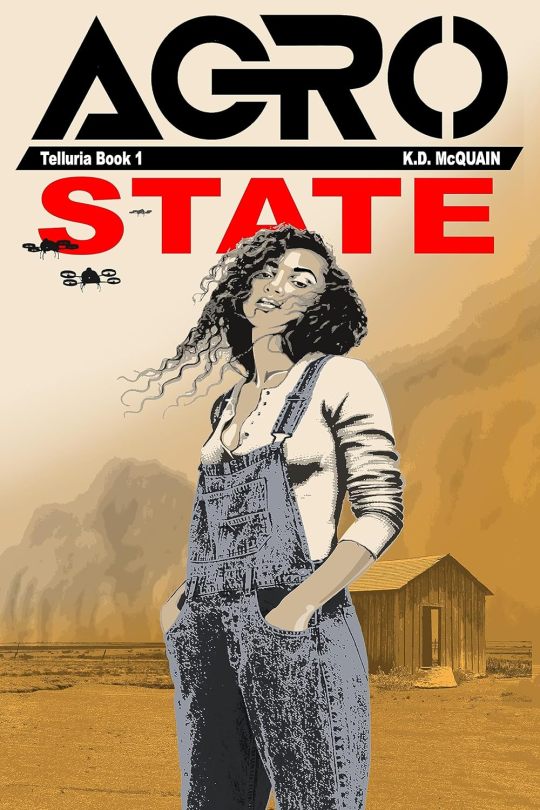
View On WordPress
1 note
·
View note
Text
A short story about Taryn and the ex who gave her her necklace.
Taryn is 17 in this (so is Michael), and the graduation party was for 11th grade (her birthday is in late spring, towards the end of the school year).
The Lane of Glowing Flowers
This is a modified version of a snippet I cut from A Summer with the Immortal. It was originally a flashback where Taryn remembered the start of her relationship with Michael (her ex-boyfriend who gave her her signature hourglass necklace). I decided to post this for Valentine’s Day.
1K words.
The graduation party had stretched on for longer than planned. When Taryn and Michael stepped out the doors of Chicory Vale High School, the sun was halfway below the horizon.
It had been a good time. Taryn usually disliked parties - too loud and hectic - but this one was just fine. (It helped that there wasn’t a band this time. She still winced at the memories of last year.) And she’d gotten to spend it with Michael, her unspoken crush.
By coincidence, Taryn and Michael lived on neighbouring streets, so they were going to walk home together. Their homes weren’t far from the school - not far enough to make taking a riding-animal worth it - so it wouldn’t be a long walk.
Yet Taryn found herself wishing the walk were longer. The faster she got home, the less time she would spend with Michael.
Then an idea came to her. It was a great one: not only would she get to spend a little more time walking with Michael, but she might just impress him.
“Hey, I know another path home,” she said, hoping her nervousness wasn’t creeping into her voice. “It’s a more interesting route. Want to take it?”
Michael thought for a moment.
“Sure.”
Success! Taryn looked away to hide her grin.
She led him through an alley that went to the space behind the street. On the other side was an expanse of grass with a small hill in the middle. If you walked through this field on a diagonal path, up and to the left, you would reach the street next to the one where Taryn lived.
“It’s dark out here.” Michael looked around. “Are you sure about this interesting route?”
“I’ve walked this path a hundred times,” Taryn reassured him. “Wait a little bit, then it won’t be so dark anymore.”
They walked to the hill and climbed up its gentle slope. They were well behind the street now, and it was almost pitch-dark: the sun has fully set, and the moon was but a thin crescent tonight. Michael was about to say something when they crested the top of the hill and he saw what Taryn had been talking about.
At the bottom of the hill was a long lane of bioluminescent plants. They were a different species from the lamp-plants used to light homes and streets: instead of small yellow-leaved herbs, they were tall sunflower-looking plants with thorny stems and blue petals. The petals were where the light came from. Not wasting a moment, Taryn and Michael went down the slope and into the pale light.
Normally, Taryn would’ve occupied herself by looking at the flowers. She never got tired of them. But tonight was different: tonight, her eyes were drawn only to Michael’s face. His strong nose, his sharp jaw, the fluffy hair that fell into his eyes, all silhouetted by the ambient cyan glow of flowerlight… he was so handsome.
Suddenly, a loud chittering sound came from somewhere within the flowers. Taryn jumped, and Michael staggered back. A yelp came from behind her, accompanied by a sound of crunching leaves: he must’ve fallen over.
“Are you okay?” she asked, rushing to help him up.
“The thorns cut me up a bit.” He winced as he got to his feet, and Taryn could see a tiny line of blood on his forearm. “What the hell was that?”
Taryn looked in the direction the sound had come from, and promptly spotted the culprit. A huge insect, a cricket or something similar, was perched on one of the leaves.
Taryn stared at it. It wriggled its antennae back.
“It’s just an insect,” she said.
“Would’ve been good to have known that,” Michael muttered. “I thought it was something dangerous.”
“I don’t think there are any dangerous animals around here. We’re still in town, you know.”
“Right. It just looks wild out here, that’s all.”
It was then that Taryn realized she was holding hands with Michael. With a slight blush, she wondered whether she should let go. On the one hand (no pun intended), it would be less awkward, but on the other hand… did she really want to bring this moment to an end?
Michael looked down at their clasped hands, evidently coming to the same realization.
A flicker of apprehension went between them. What should they do? Should they unclasp their hands, or…
Before she could reconsider, Taryn squeezed tighter.
Was it just her, or could she feel his heartbeat quickening in his wrist? And if she could, could he feel hers too?
“Let’s go,” she said.
They walked, hand-in-hand, to the end of the lane of glowing flowers.
Then they ventured through the darkness again. Michael clutched her hand tighter the moment they left the light.
He’s afraid of the dark? Taryn thought. That was… kind of adorable.
Finally, the two of them reached another alley and stepped out onto the sidewalk. They were almost home: Taryn’s house was just across the street. As they started to cross it, Michael suddenly coughed.
“Taryn, before you go home…” he started, then wavered.
“Go on,” she said, knowing - or hoping she knew - what he was about to say.
“I just think you should know that I like you. I like you a lot.”
“I like you, too,” Taryn replied.
That was it. It was so easy.
What wasn’t easy was deciding what they should do next. Should they kiss or something?
“What about a date?” Michael asked when they stopped at Taryn’s doorstep. “We can go tomorrow.”
“Great idea! Where?”
He shrugged. “I don’t know. You choose.”
Taryn thought for a moment, and remembered that Michael liked trinkets.
“Let’s meet at the thrift store on Cinnamon Street,” she said. “Ten o’clock.”
“It’s a date!”
They bid each other goodbye (and goodnight), and Taryn stepped inside.
“How was the party?” her mother asked, rushing to greet her. “I was starting to get worried.”
“It was great. Just went on longer than planned.”
“What do you want for dinner?”
“Pasta’s fine.”
As Taryn ate her dinner, and until she went up to bed, she couldn’t stop thinking about the date to come. When she fell asleep, that route of luminescent flowers showed up in her dreams. But there was no dark grass on the other side: instead the flowers led to tomorrow, a promise from a budding love.
1 note
·
View note
Text

i made this on instagram today and have decided to post it here…. 16 favorite fiction books published (or translated into english!) in the last 5 years. titles under the cut:
a history of the island by eugene vodolazkin
the book of elsewhere by keanu reeves and china miéville
lapvona by ottessa moshfegh
drive your plow over the bones of the dead by olga tokarczuk
the memoirs of stockholm sven by nathaniel ian miller
harrow the ninth by tamsyn muir
the memory police by yoko ogawa
what moves the dead by t kingfisher
our wives under the sea by julia armfield
the only good indians by stephen graham jones
north woods by daniel mason
reprieve by james han masson
thrust by lidia yuknavitch
the butchers’ blessing by ruth gilligan
utopia avenue by david mitchell
telluria by vladimir sorokin
129 notes
·
View notes
Text


Machaon sketches, trying to refine how I draw him. I’m making his tail “fin” more clearly a collection of “leaves”, as it’s a trait he got from his father.
Before anyone asks, his clothes clip through the membranes with a weak magnetic dust sewed into them.
I can’t seem to keep his proportions consistent, oh well.
[Pasted image descriptions:
Image 1: A sketch of Machaon, a white teen winged humanoid boy with short blond hair, showing his general anatomy. He is flying “standing” in the air with both wings spread and his right leg bent. His wings are extensions of his arms, like a pterosaur’s; his wrists are elongated and set at an angle relative to his forearms, with the propatagia attaching directly to them. He has a sternal keel and a long tail with three pairs of large “leaves” at the tip. His face is not drawn.
Image 2: Another pencil sketch of Machaon. He is coming in for a landing, sweeping his legs forwards while his wings and tail are facing back. He is shown from the side and looking down with an apprehensive expression. His tail has four pairs of “leaves” with the third being quite small.
End ID.]
#Machaon Salis#Verdantland Trilogy#Telluria#volarean#oc#original character#original art#winged people#winged human
3 notes
·
View notes
Text
Aristasian Geography: Beyond the Map
Source
This little map shows only the West and hither-East of the Motherland. Its precise accuracy is to be doubted and it should be looked on rather like one of those mediaeval maps that have everything in more or less the right place but are often inaccurate as to precise shapes, sizes and details.
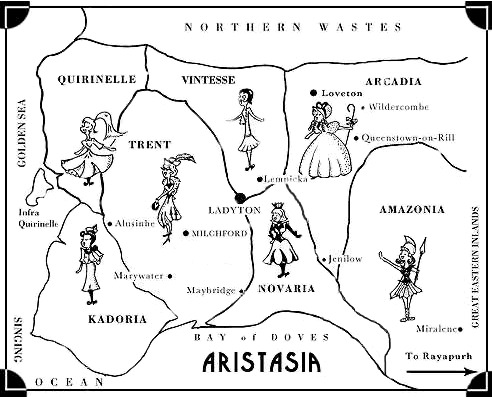
To the North of the map, the land is known to be very inhospitable. Millennia ago dark creatures lurked there and a few may still be there. The Queen of Kadoria was long ago entrusted with the task of maintaining North-Western security, and there is a narrow zone inside the Northern Wastelands, above Quirinelle and Vintesse, maintained by the Kadorian Army with patrols from other national forces. Further east, the borderlands are kept by the Arkadyani. Further east still there is a Great Wall built long ago. This is still kept by companies of archers and there are cavalry posts along the way in case of need. Nowadays these installations (both east and West) serve the function mostly of training camps, teaching the arts of survival and combat in rough country.
Eastward, in the North, the distinction between Arcadia and “Amazonia” becomes less clear. The true Arcadia is a land of reduced technics by Westrenne standards but is a Northern technical enclave in the East. Trains run regularly, the streets of the towns are gas-lit and the postal service (not strictly technical, but always remarked upon as part of the Arcadian passion for organisation) is legendary. In most of the great cities, one can post a letter the in morning, inviting someone to tea that same day, and receive a reply by lunch time.
Because of the non-forceful and somewhat “ritual” nature of Aristasian government, the Eastern boundaries of Arcadia have never been entirely clear, with certain Eastern princesses declaring themselves under the protection of Her Majesty Arkadyana for some purposes and not for others. But a thousand miles after the railway has been replaced by the stage-coach, where the stage itself has become intermittent and the mails are irregular, Arcadia may be said to have more-or-less ended and the government of the local royalty is far more important than any contact with the distant Arkadyani throne. Even here, though, you will find the odd enclave of West Arcadians running schools or trading companies or simply living there from choice, still living in West Arcadian style and dressing for dinner in the formal clothes of High Arcadia.
“Amazonia” as you will no doubt be aware, is not really a nation. It has no single Queen, though the far-Western Area (that shown on the map and a bit beyond) has rulers firmly loyal to the Westrenne Empress (whom they regard as Raihiranya Orvilanhela – the Empress of the World). As with Arcadia, things become less clear-cut as we move eastwards and eventually the border between “Amazonia” and Arcadia disappears as other forms of jurisdiction become more prominent.
We do not know as much about the East as we do about the West. Even in Sai Herthe itself, with the lack of modern communications in the East, it is not always easy to distinguish “hard fact” from “travellers’ tales” – and of course there is less anxiety to do so than there would be in Telluria. Facts are as important for what they have to tell us as they are for their correspondence to the material surfaces of things.
But here are some things we do know: Some way east and south of our map is Rayapurh (Sun-City). Rayapurh was the last of the great Eastern successors to the Cairen (or Caeren) Empire. Rayapurh retains much of its old glory and the question of whether the Empress at Rayapurh is Raihiranya Orvilanhela or whether that title has now passed to the Empress in the West is one that may never be satisfactorily settled. There is a recognition in the East that these latter days are the Time of the Setting Sun (that is, of the West). There are some that call the Empress at Rayapurh the Little Empress of the South and some who hold that she is the true Spiritual Sun of the world.
Incidentally, the Capital of Novaria is called Novarayapurh, and (since Raya also means “Lady”) the name of the Westrenne Imperial Capital, Ladyton, is a translation of Rayapurh.
East of Rayapurh we find many nations and principalities; some former Heiress-Empires of Caere, some continuing to claim Imperial glory in one degree or another; we find different races and peoples like the white-skinned Alvitsenhe (not pinkish-skinned like the Westrennes, but very white and almond-eyed); the great snow-capped mountain ranges, and beyond them Caere itself, its towers still standing but with no claimant to the Imperial Throne. The Chamber of the Empress is kept in its beautiful state, but the High Princess of Caere never uses it. There is no question that the seat of the Mayaraihiranya moved west long ago (that is, long before the time of present Westrenne Empire). Caere is still a great centre, perhaps the great centre of culture in the nether-East.
There are lands beyond Caere, and then the great and small islands of the Estrenne Sea.
To the West of our map it has long been held that the Isles of the Blessed lie and the Jewelled Paradise of the Daughter. It has been considered impious to sail very far beyond the Westrenne shores. Probably one could in fact circumnavigate the globe, and no doubt this prohibition constitutes something of a confusion of Sacred Geography with material geography and is one of the few really “pre-modern” ideas to continue to prevail in the West.
There may, however, be a profound reason for this. The reader cannot by now be unaware that East and West have a symbolic (and therefore ritual) significance beyond their merely spatial reference (or rather because of it, for even the ignorant never cease in reality to move in sacred space). The opening of the “West beyond the West” in Telluria has gone hand in hand with the Rationalist Revolution, and it may be that one is the geographical equivalent and ritual enactment of the other.
However that may be, the further reaches of the Golden Sea are held to be sacred and inviolable, and of the very few who have ever sailed thither, none has returned to tell the tale – nor ever set out with the intention of returning.
6 notes
·
View notes
Text
In Telluria, people sometimes use the slang "cup of joe" to mean a cup of coffee. In an intemorphic feminine society, would we call this a "cup of jane"?
#100% serious not at all a joke question#okay it's a joke question#teehee#But what would you pettes call it?
10 notes
·
View notes
Text
Operation Bridgehead
I’ve been asked what I can recall about Operation Bridgehead. I think it must have been 2006, and at that time there were still active text forums as well as the growing community who met in Second Life. SL was a real bandwidth hog at the time, and few girls had systems that could run it at a tolerable frame rate, so much of the conversation was still in text.
There was already an Embassy established in SL when the Operation Bridgehead announcement appeared on the forum. It may have been the Blue Camellia Club, but my memory is a sieve, and I could be wrong. I remember that the accompanying graphic was a screenshot from SL of a military brunette avatar silhouetted in front of the flag of the Empire. The gist of it was that Operation Bridgehead was a formal declaration that the community of Aristasians who existed in Elektraspace were a protectorate of the Empress.
I know I am making a hash of this. I can’t recall the language, or even how the scope of it was defined. As far as I can tell, the Embassy in SL was considered the center of operations, but all girls who identified as Aristasians-in-Telluria and had some means of connecting with us should be considered under this protection, SL account or no. I wish there were someone I could ask to correct me if I have this wrong. There seemed to always be a philosophy that what truly made an Aristasian was her sincere desire to be one, and little else mattered. That inclusivity is why I spent so much time with them. And it’s a bit ironic, now that I think of it. They always seemed to pride themselves on their elitism, but when it came to interacting with any person who identified as a girl, and wanted to visit and learn what it was all about, there could never have been warmer, more pleasant hostesses.
I say “they,” and I should clarify. It was often noted that Aristasia-in-Telluria consisted of concentric rings, and most girls never made it very far into the center, which was perfectly ok. The great majority of girls, myself included, had no wish to live full time Aristasian lives. I felt that I was a part of the outermost ring. So collective pronouns may vary.
I think it can’t have been very long after this announcement that there was strife of some kind. I know that there were disagreements among core members of the group, but as you can imagine, they were very private about conflict, and I do not know specifics. I think my memories of that time are happier without that knowledge. I do know that a few individuals seemed not to be around anymore, even as the population of new girls seemed to be burgeoning.
The school established for newcomers may have been called Sai Thame. Again, atrocious memory, but given that Janya’s purview it tracks. It didn’t exist for very long I’m sad to say, but the time I got to spend there was pure fun and pleasure for me. I loved feeling so safe from the disturbing content you sometimes run across in virtual worlds. The wooden desks lined up in the classroom felt strangely comforting. I got giddy little flushes of gender euphoria from standing to let a blonde sit. The tea garden was full of the sort of flowers you’d find in an English cottage garden, and there were always butterflies, and it was all the wonderful parts of Virtualia without the ugly parts. I’m forever grateful for that.
11 notes
·
View notes
Text
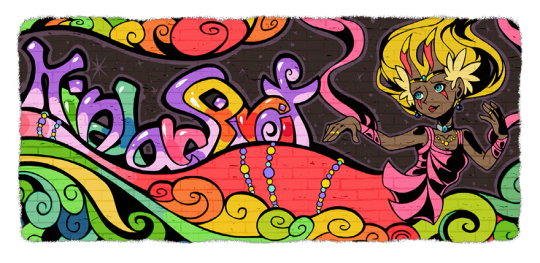

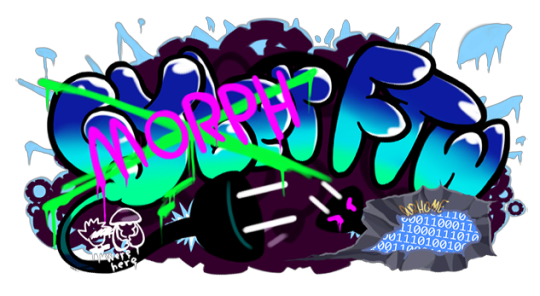
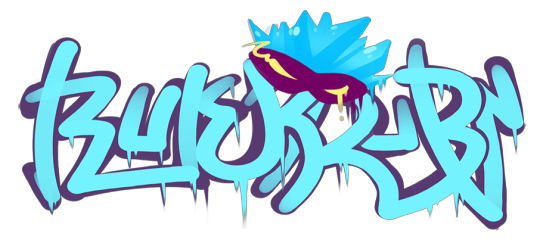
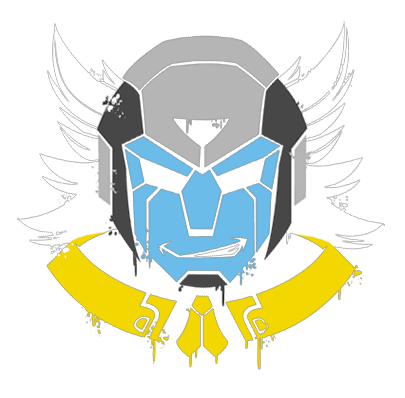
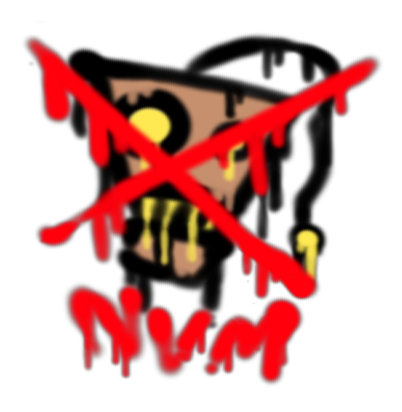
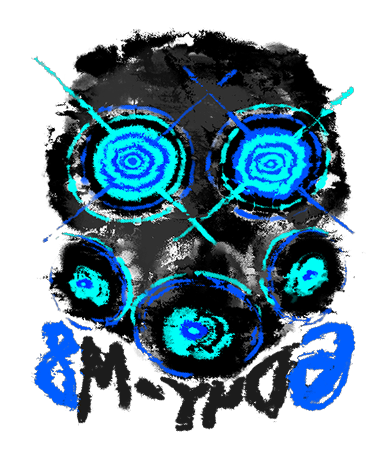
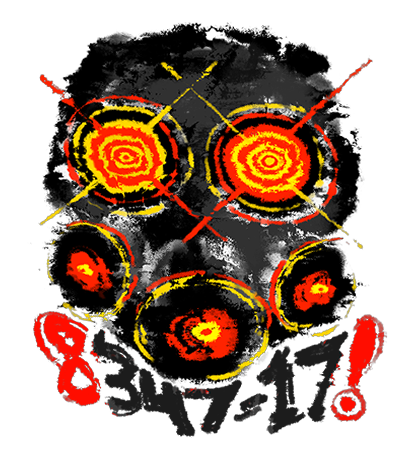
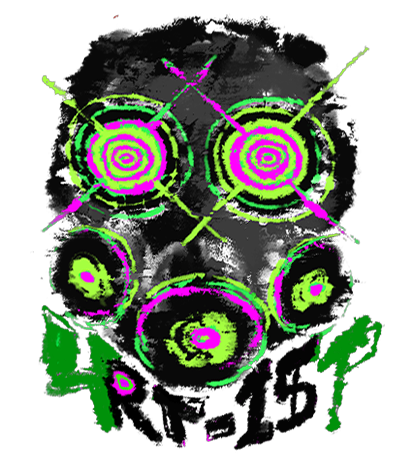
TOMERPG - Telluria City Graffiti (Edited)
Unedited versions under the cut
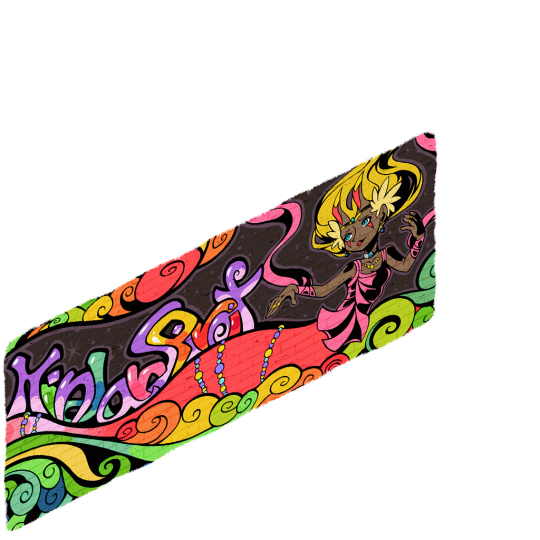
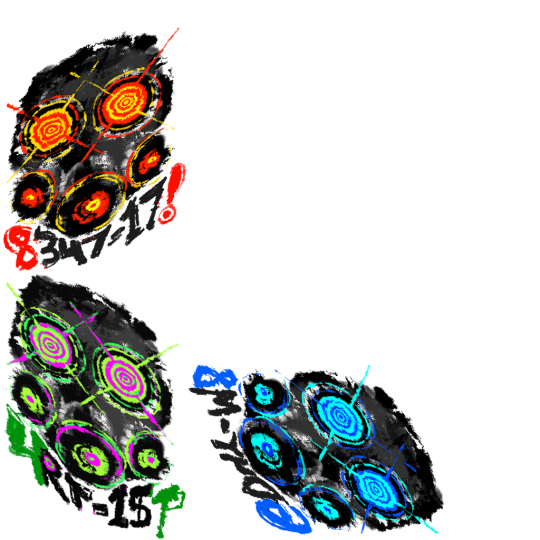
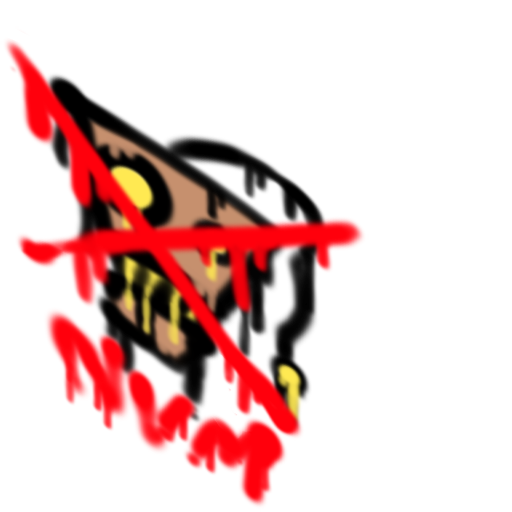
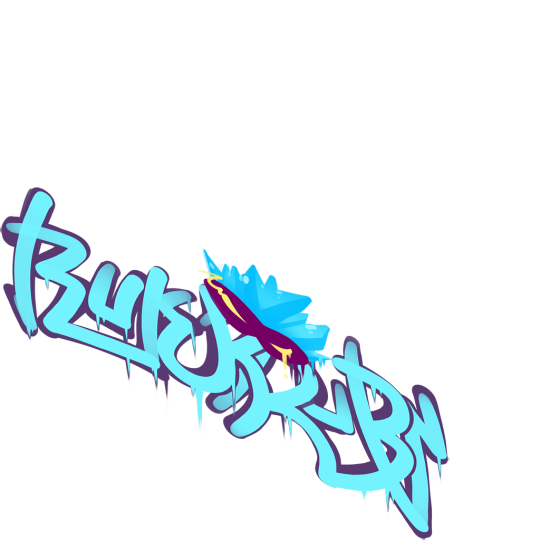
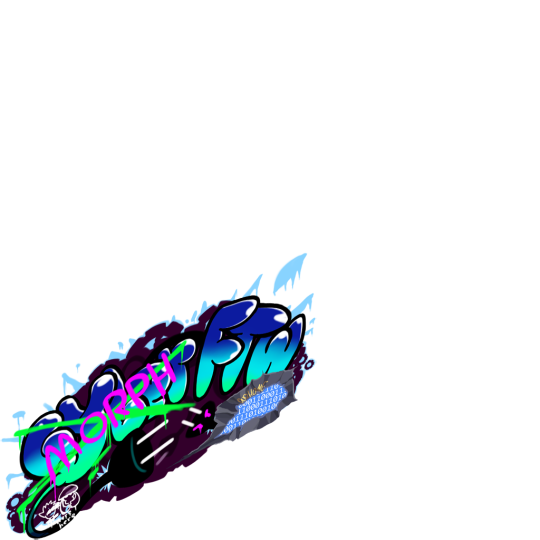
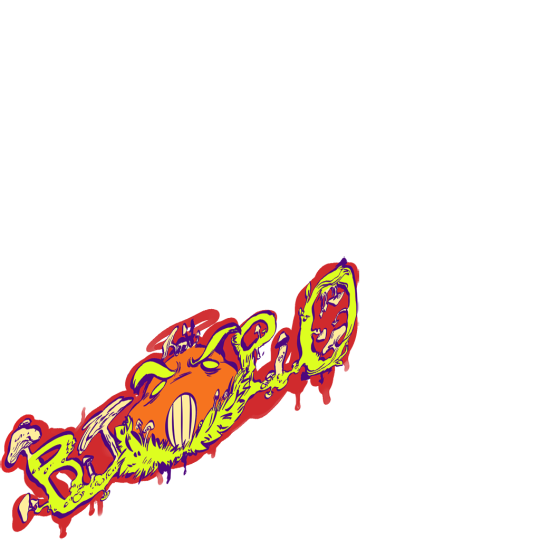
#tome#terrain of magical expertise#data mining#tomerpg#netkings#kindarspirit#execk#bitopio#rulerruby#bincho#pheturin
7 notes
·
View notes
Text

Another "Aristasia Megaman" character... who, unusually for something based on Aristasia, is a dude.
Galen, who hails from Telluria (specifically Australia, or its rough equivalent), is the same kind of android as Reina and her sisters, even sharing a power set with Bianca; unlike Valencia, he interferes in Reina's crusade simply because he's looking for a worthy opponent. Good at combat, but not very emotionally intelligent.
He's loosely based on my old take on a Ruby-Spears version of Tenguman.
4 notes
·
View notes